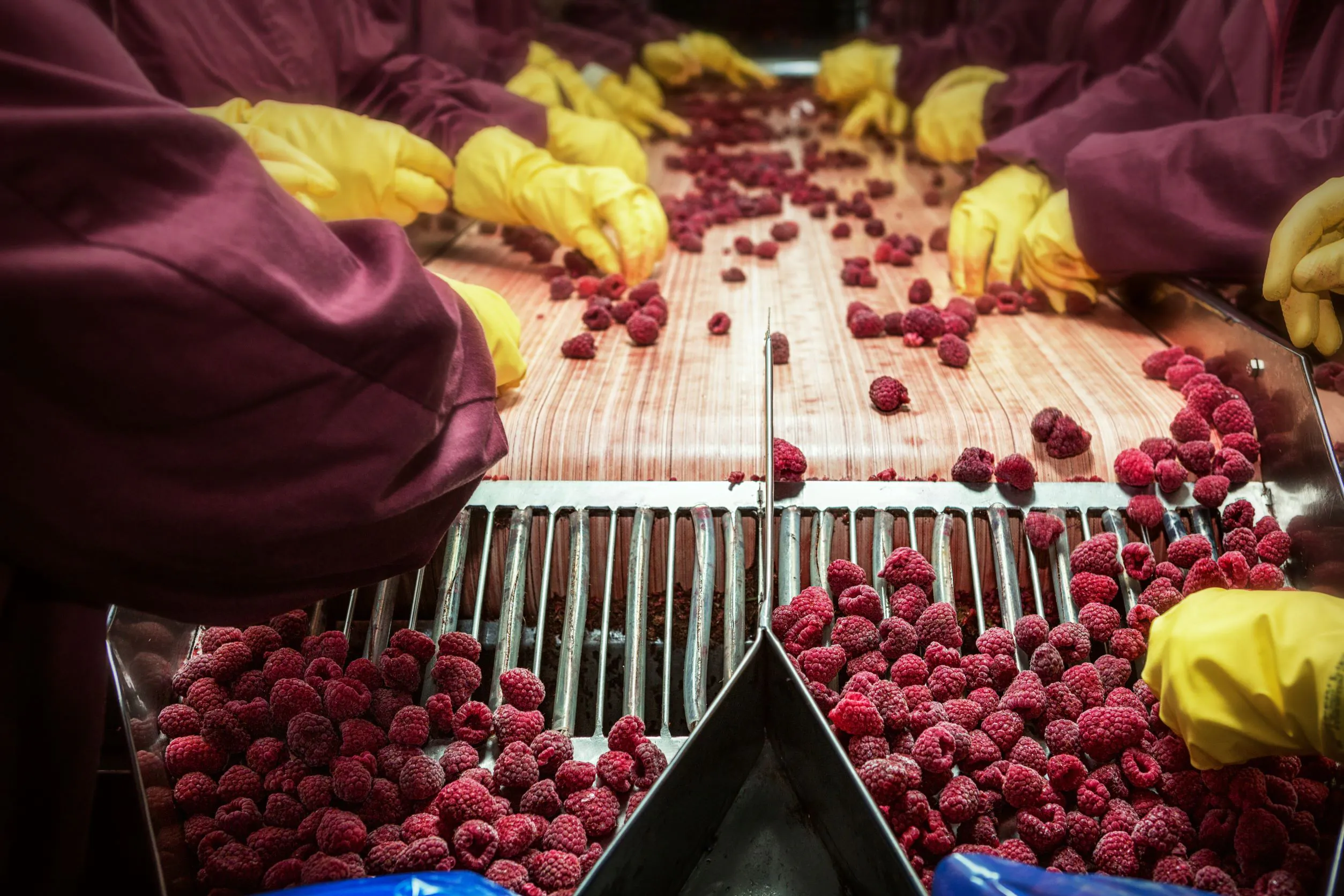Japan is home to a wide variety of creative and delicious snacks, some that are familiar to Western consumers and some that are very different. But despite the number and variety of snacks, snacking is not nearly as big in Japan as it is in the West. This is beginning to change, however. The Japanese population is beginning to adopt more foreign foods, particularly among the younger generations. As these foods and habits spread, demand for snacks market will likely grow.
According to Euromonitor, the savory snacks market in Japan reached ¥1.3 trillion in 2016 at a growth rate of 3%. It is expected to have a CAGR of 1% through 2021 to reach ¥1.4 trillion that year. There are several factors driving this growth. Aside from the increasing popularity of Western foods, manufacturers have also been pushing to improve public perceptions of snacking and reinforce it as a positive habit. Additionally, as the number of single-person households and households with two working parents increases, demand for convenient snacks is rising. It is also driven by long work hours, with individuals snacking more while staying late at the office.
Another trend driving demand for snacks market is the growing popularity of drinking at home. Drinking out with friends and coworkers is popular in Japan, but consumers are beginning to stay home to drink in order to save money. Because Japanese people generally eat snacks or other light foods while drinking, demand for these products is rising.
Japanese consumers enjoy creative flavors and types of products. As such, manufacturers are continually experimenting with new products in the country. At this point, many consumers expect creative and exciting snack products, and manufacturers use this as an opportunity to experiment and see what flavors and concepts stick. Even the ones that fail still generate attention and interest.
The snacks market in Japan is well developed and competitive, forcing food companies to be creative in order to stand out from their rivals. Limited shelf space in convenience stores and other retailers means that companies need to work hard in order to succeed. Snacking has traditionally been thought of as unhealthy in Japan, but manufacturers are currently campaigning to change that perception. The country is becoming more health-conscious, so healthy snacks are an area with high potential for growth.
One setback currently afflicting the Japanese snack market is a potato shortage. Due to typhoons and floods in Hokkaido, one of the country’s main sources of potatoes, this key ingredient of many snacks is currently difficult to come by. As a result, leading snack producers such as Calbee and Koike-Ya are suspending or discontinuing sales of nearly 50 products. US potato imports have not been sufficient to make up for the national shortage.
Japan may be a challenging market for snack food vendors, but it also has many opportunities. And with several trends all increasing demand for snacks, the market is likely to do well in the future.
If you’re looking for business partners, whether in the food and beverage industry or elsewhere, BizVibe has you covered. Register today and gain access to thousands of suppliers, manufacturers, potential customers, and more from around the world.
Thousands of the Japan’s leading food and beverages companies can be in your contact list if you join BizVibe today! Whether you are looking for reliable suppliers, top food and drink manufacturers, wholesalers and potential customers in over 70 countries, or want to find out what your competitors are buying and which suppliers they’re using, BizVibe can help you reach out to sales prospects and decision-makers in the textile industry across the globe.



